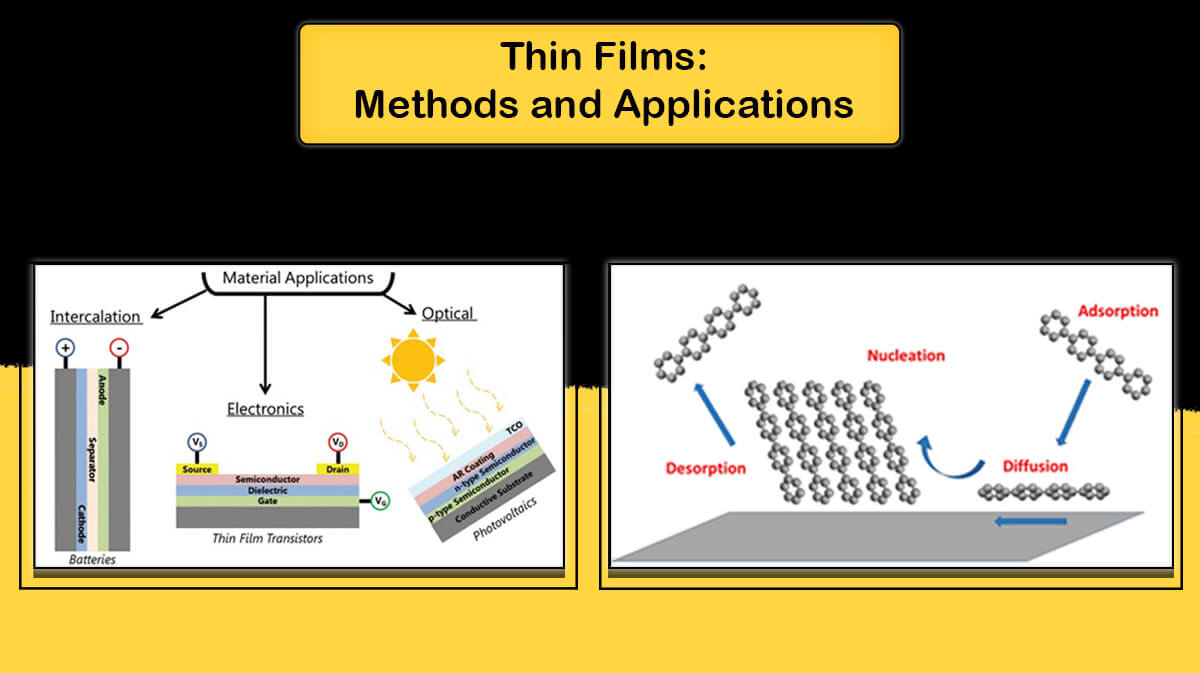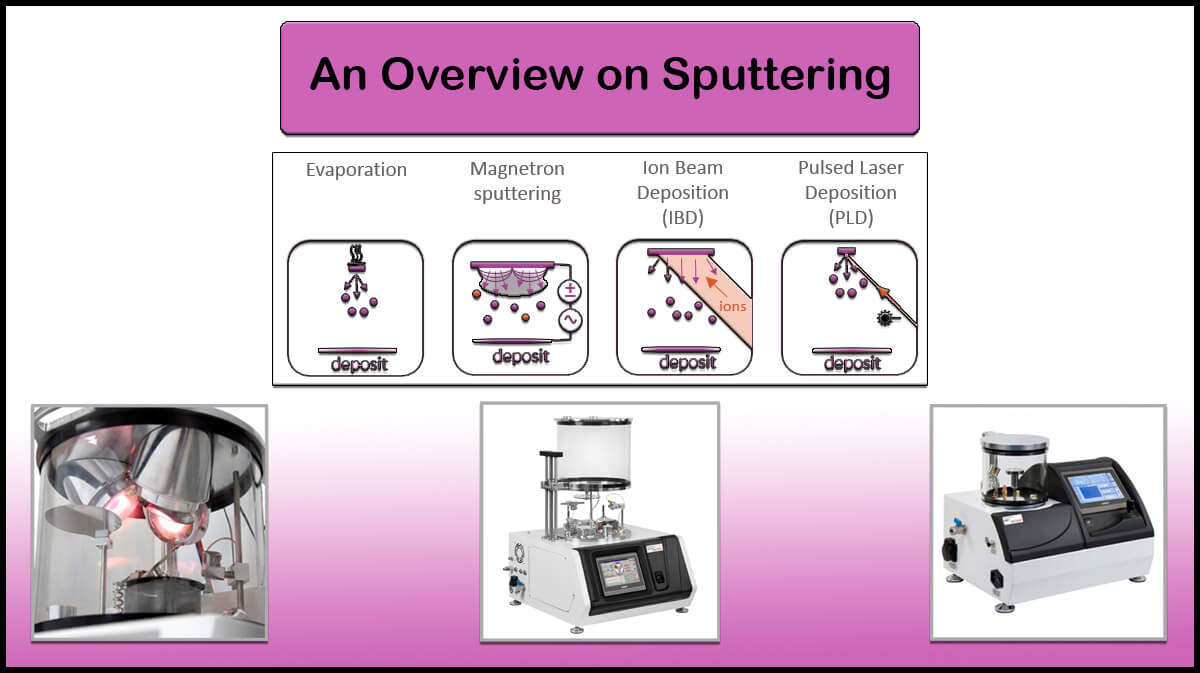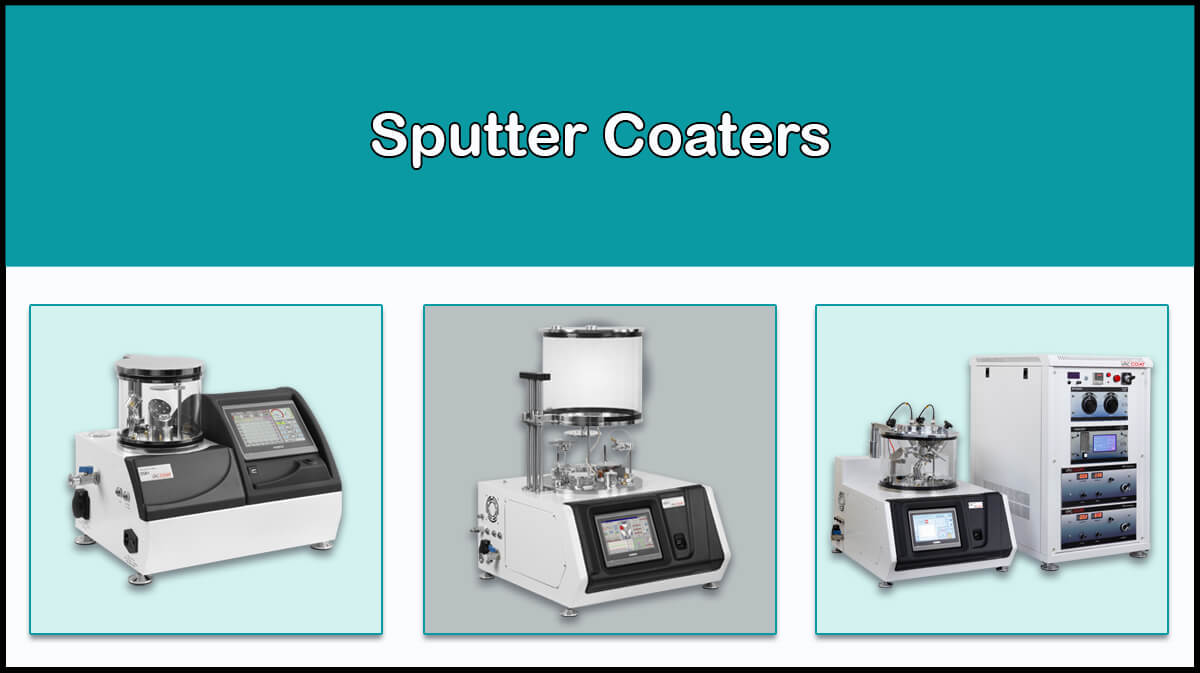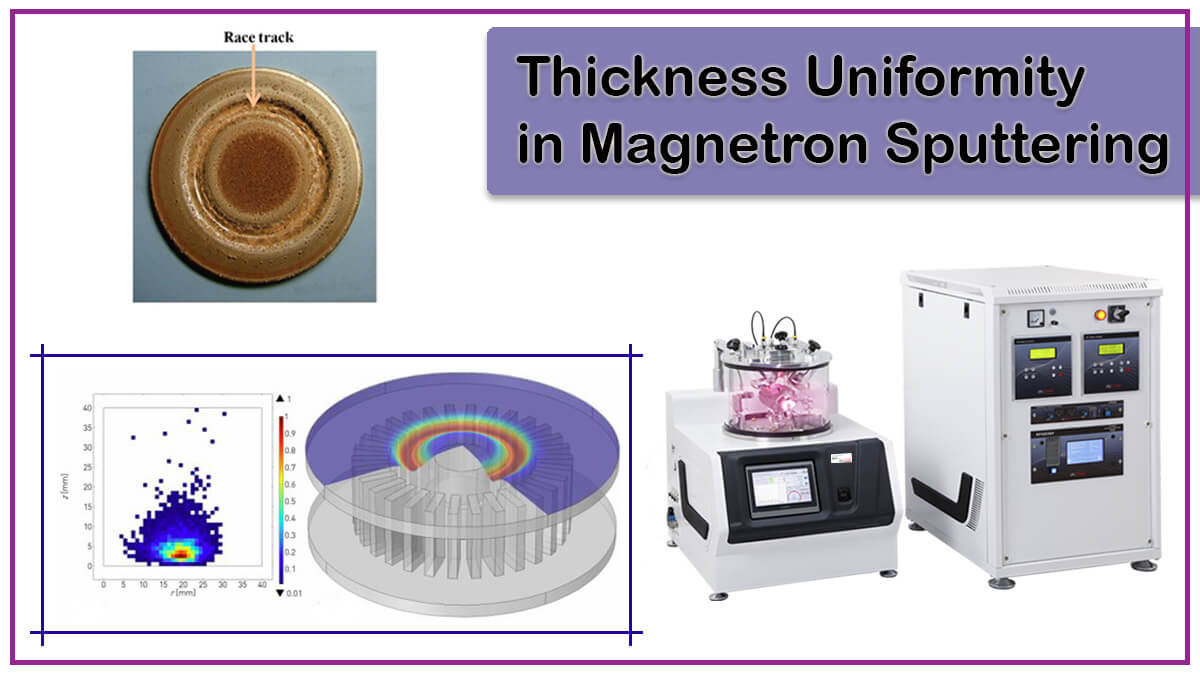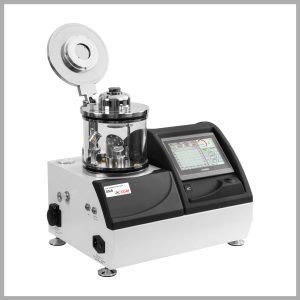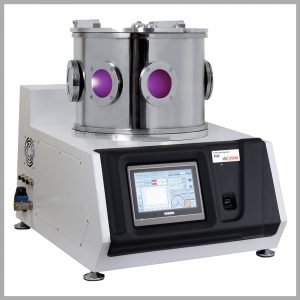
Over the past few decades, technological advances have made it possible to deposition of the thin films under vacuum which referred to as “Hard Coatings”. These coatings have different applications due to their special structural and physical properties as protective coatings.
Hard coatings consist of nitrides, carbides and borides of intermediate metals such as titanium or carbon coatings such as diamonds. These coatings have many applications in improving tools (such as cutting and forming machines) and machine parts like valves. Properties of a thin film of hard coatings can be classified as follows:
- Structural characteristics such as thickness, crystallography, chemical composition, surface morphology and roughness.
- Physical and chemical characteristics such as density, electrical properties, magnetic properties, thermal, optical, oxidizability and corrosion.
- Mechanical properties such as hardness, adhesion, mechanical stress and friction.
The selection of appropriate protective coating depends on specific tribological system (workpiece material, machining parameters and tool materials).
Titanium nitrate is one of the materials that has been highly regarded as a hard coating due to its high hardness, high corrosion resistance and thermal stability. In order to be able to use this material as a protective coating, the process of the deposition should be designed in such a way that the deposited thin film in addition of meeting the chemical composition in terms of hardness and other characteristics be a hard coating.

A thin film of this material is produced mainly by RF magnetron sputtering or DC magnetron sputtering. One of the problems with using the sputtering deposition is the “shadowing effect” during the deposition process. This effect is due to the low energy of particles that reach the substrate and as a result there aren’t any deposited layers on the some parts of the substrate. There are some island areas on the growing surface, where are more likely to nucleate and can absorb more particles than other areas around them and grow, like a hill. Adjacent areas (valleys) receive fewer particles due to the shadow of the hill areas. The Shadowing effect produces many problems and defects in the deposited thin film.
Among these drawbacks are the creation of small holes and large gaps in the thin film. These defects lead to poor performance of the deposited thin film. To eliminate these defects, some researchers suggested that the effect of “Re-Sputtering” be used by reducing the pressure of the thin film deposition process and increasing the effect of bombing ions. Decrease the pressure leads to increase the voltage and the average particle energy. If the energy of the bombarding particles exceeds the sputtering threshold, the atoms can pass through the hills and they will be deposited in the valley-like regions of the thin film and eventually lead to the formation of a thin film with suitable density.
Regardless of the effect of shadows, the common problem associated with the process of magnetron sputtering method is the low ionization ratio of sputtering materials. The ratio of ionization is usually less than 5% in DC Magnetron Sputter, which is not enough to create a dens and defect less thin film. Some researchers have investigated the creation of a dense thin layer with improved ionization rates using the Unbalanced Magnetron Sputtering and Plasma Enhanced Magnetron Sputtering methods.
In the Un-balanced Magnetron sputtering process, the magnets used in the outer ring at the cathode section are stronger than the central magnets. Thus a number of electrons escape from the trapping magnetic field formed around the Target and move to the substrate. Which result in significant increase in the ion bombardment of the substrate and create new plasma away from the target material and near the substrate. By applying an Un-balanced magnetron, the ion flow that moves to the thin film can be controlled so that the quality of the deposited thin film can be increased dramatically.
In the Enhanced Plasma Magnetron Sputtering method, in addition to the plasma formed around the cathode, the independent plasma created through the ionization and acceleration and expansion of the electrons produced from the hot filaments in the chamber, also used to enhance the quality of the deposited thin film.
In order to improve the quality of the thin film of titanium nitrate for proper performance, its preparation process should be optimized in order to provide a thin film with a structure that can handle the required performance. A lot of studies have been done about the effect of applying bias voltage to the substrate and the quality of the deposited layer and the degree of hardness of the titanium nitrate thin film has been done. Chinese researchers have conducted an investigation into this effect of bias voltage, which resulted in the publication of an article in 2019.
In this research, a 160 nm titanium layer was used to enhance the adhesion of the titanium nitrate layer to the silicon substrate.
According to the results of this study, with the increase of bias negative voltage applied to the substrate from zero to 400 volts, the rate of the deposition significantly decreased from 7.69 to 4.55 nanometers per minute, and the density and quality of the deposited thin film increased. Also, by increasing the negative bias voltage and increasing the transition energy to the growing thin layer, the crystallographic orientation of the thin layer of titanium nitrate plans has been change in four directions from (111) to (200). The crystalline structure of titanium nitrate is similar to the sodium chloride (NaCl) structure. The minimum surface energy is related to the plane (200) and the minimum strain energy is related to the plane (111). Ideally, the growth of a thin layer has the least amount summation of surface energy and pressure energy.

In this study, the effect of the applying bias voltages of different values on the surface morphologically of the deposited titanium nitrate thin film was investigated. Without applying the bias voltage, surface morphology is seen as a typical triangular cone. By changing the bias voltage from -50V to -200V, surface morphology is converted into a laminate structure and the granular structure also appears by increasing the bias voltage to -400 volt. This change in surface morphology leads to densify thin film and decreases porosity.

The morphology of TiNx films with different bias voltage (a) 0 V, (b) -50 V, (c) -100 V, (d) -200 V, (e)-400V.
By increasing the bias voltage, the energy of the ions increases and the re-sputtering phenomenon occurs, resulting in a shadow effect decreasing and the quality of the created thin film increases.
According to the results of the measurements carried out in this study, the hardness of the thin film of titanium nitrate increased with increasing the bias voltage up to -200 volt and then gradually decreasing to -400 volt. The thin film deposited under the bias voltage of -200 volt has the highest hardness (12.9 GPa) and the Young module (260.8 GPa).
By increasing the ionization voltage, the ion bombardment of the substrate increases and impurities become more detached. As a result, the film is denser and compression stress is also increased. In addition, the density of the plane with (111) orientation reaches its densifying peak at the bias voltage of -200 volt, which increases the hardness of the thin film.
According to studies conducted by this research group, if the bias voltage is less than -100 volts, there is little effect on the hardness of the thin film of titanium nitrate.
The resistance to corrosion of the thin film deposited by the applied -400 volt bias voltage is more than the layers deposited at the less bias voltages.
By studying the electrical properties of films produced at different bias voltages, it was found that the highest electrical impedance (7.5 × 105 Ω m) is related to the thin film deposited at the bias voltage of -400 volt, which is 10 times greater than the electrical impedance of the thin film deposited without applying the bias voltage.
As a result, by applying negative bias voltage to the substrate which leads to the energy increasing of the collide ions and reducing the shadowing effect in the thin film deposition process, can improve the physical properties of the titanium nitrate thin film deposited by the Magnetron Sputtering method, such as hardness, electrical conductivity and corrosion resistance.
Some of Vac Coat Products
To find out more about the results of this study, see the following link:
https://doi.org/10.1016/j.tsf.2019.02.037
References:
- B Window and N. Savvides, J. Vac. Sci. Technol. A4(2), 196 (1986).
- Z. He, S. Zhang and D. Sun, Thin Solid Films, Volume 676, 30 April 2019, Pages 60-67.


